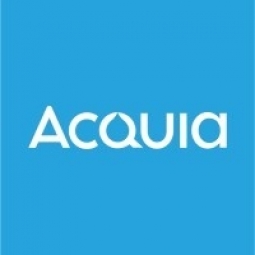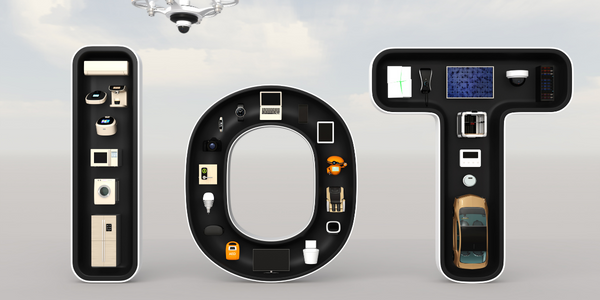Optimizing Workflows and Enhancing Collaboration: A Case Study on Article's Implementation of Acquia DAM

Technology Category
- Functional Applications - Product Data Management Systems
- Platform as a Service (PaaS) - Application Development Platforms
Applicable Industries
- E-Commerce
- Equipment & Machinery
Applicable Functions
- Sales & Marketing
Use Cases
- Inventory Management
- Smart Collateral Management
Services
- System Integration
- Training
About The Customer
Article is an e-commerce business founded in 2011 that specializes in creating delightful designs for every home. Through their unique direct-to-consumer model, they offer high-quality, modern furniture and decor at exceptional value. With over 900 employees, Article has delivered products to more than 1.5 million North American homes and businesses. Their business model and commitment to quality have led to significant growth, increasing their need for content to support their operations and marketing efforts.
The Challenge
Article, an e-commerce furniture and decor business, has experienced significant growth since its inception in 2011, delivering products to over 1.5 million North American homes and businesses. With this growth, the need for content has also increased. However, the company faced challenges in managing their content workflows due to the lack of appropriate tools and processes. The content was scattered across various systems, making it difficult to locate the right image, often relying on memory. This lack of a centralized system strained their workflows, hindering their efficiency and productivity.
The Solution
To address these challenges, Article decided to invest in digital asset management (DAM) software to streamline and scale their workflows. In 2021, they implemented Acquia DAM, a system that quickly became their central source of truth for all brand and marketing content. With the help of two digital migration coordinators, all of their final assets were uploaded into the system. The company also integrated Acquia DAM with other key marketing technology tools such as Google Drive, Slack, CI-HUB, and their in-house product information management (PIM) system. These integrations infused speed across a range of content workflows, eliminating manual steps, and creating time-saving efficiencies. Additionally, Article used the Portals application of Acquia DAM to distribute content to external stakeholders and share information internally, further streamlining their operations.
Operational Impact
Quantitative Benefit

Case Study missing?
Start adding your own!
Register with your work email and create a new case study profile for your business.
Related Case Studies.

Case Study
Smart Water Filtration Systems
Before working with Ayla Networks, Ozner was already using cloud connectivity to identify and solve water-filtration system malfunctions as well as to monitor filter cartridges for replacements.But, in June 2015, Ozner executives talked with Ayla about how the company might further improve its water systems with IoT technology. They liked what they heard from Ayla, but the executives needed to be sure that Ayla’s Agile IoT Platform provided the security and reliability Ozner required.

Case Study
IoT enabled Fleet Management with MindSphere
In view of growing competition, Gämmerler had a strong need to remain competitive via process optimization, reliability and gentle handling of printed products, even at highest press speeds. In addition, a digitalization initiative also included developing a key differentiation via data-driven services offers.

Case Study
Predictive Maintenance for Industrial Chillers
For global leaders in the industrial chiller manufacturing, reliability of the entire production process is of the utmost importance. Chillers are refrigeration systems that produce ice water to provide cooling for a process or industrial application. One of those leaders sought a way to respond to asset performance issues, even before they occur. The intelligence to guarantee maximum reliability of cooling devices is embedded (pre-alarming). A pre-alarming phase means that the cooling device still works, but symptoms may appear, telling manufacturers that a failure is likely to occur in the near future. Chillers who are not internet connected at that moment, provide little insight in this pre-alarming phase.

Case Study
Premium Appliance Producer Innovates with Internet of Everything
Sub-Zero faced the largest product launch in the company’s history:It wanted to launch 60 new products as scheduled while simultaneously opening a new “greenfield” production facility, yet still adhering to stringent quality requirements and manage issues from new supply-chain partners. A the same time, it wanted to increase staff productivity time and collaboration while reducing travel and costs.

Case Study
Integration of PLC with IoT for Bosch Rexroth
The application arises from the need to monitor and anticipate the problems of one or more machines managed by a PLC. These problems, often resulting from the accumulation over time of small discrepancies, require, when they occur, ex post technical operations maintenance.

Case Study
Data Gathering Solution for Joy Global
Joy Global's existing business processes required customers to work through an unstable legacy system to collect mass volumes of data. With inadequate processes and tools, field level analytics were not sufficient to properly inform business decisions.






